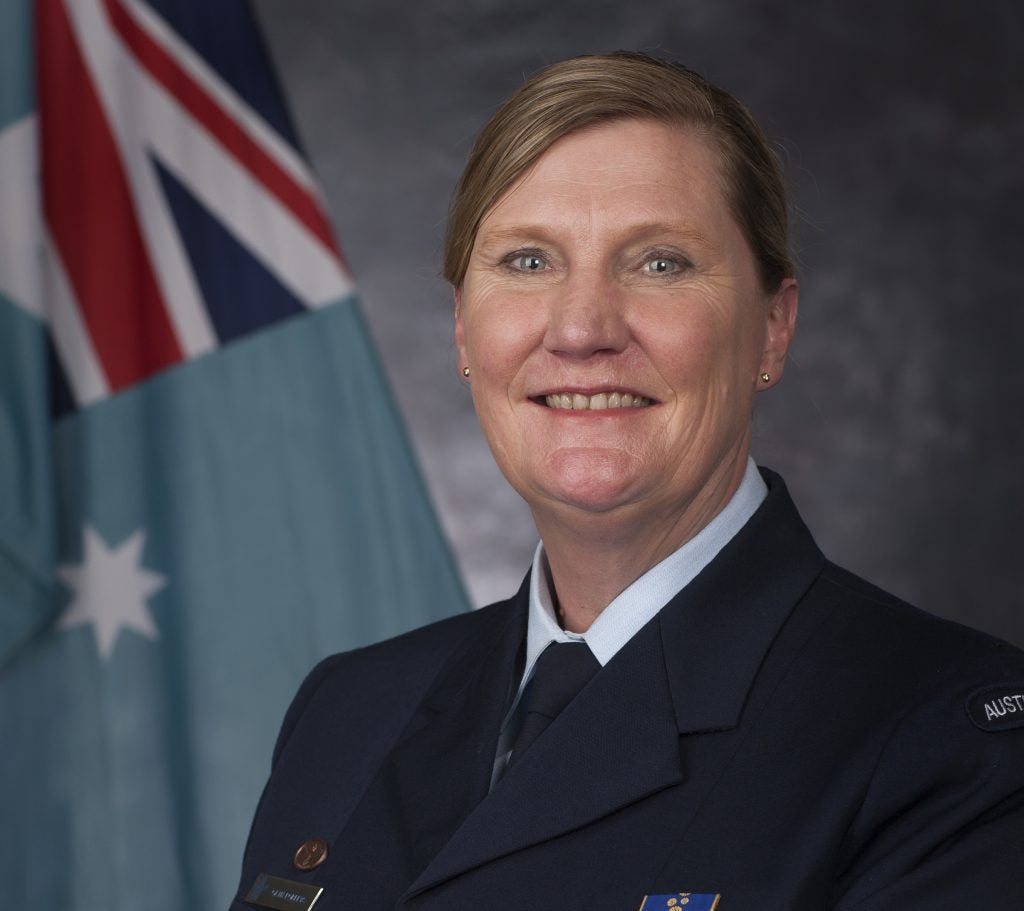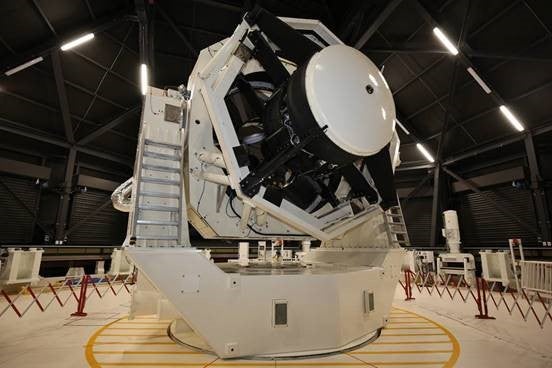Australia Reveals Space Division Plans
At the end of March 2021, Australian Air Marshal Mel Hupfeld, the Royal Australian Air Force (RAAF) chief, revealed that an Australian military space organization is being planned. The announcement lacked many details asides from that the organization is planned to be launched in 2022 and would serve as an interbranch organization rather than a separate arm. This month, additional details about the initiative were revealed.
The organization will be known as the “Space Division” and is set to have a $7 billion AUD ($5.4 billion USD) budget over the course of the next decade. The Space Division headquarters is planned to be established in the nation’s capital – Canberra. Air Vice-Marshal Cath Roberts has been chosen to serve as the inaugural Head of the organization. According to a biography of Roberts on the official website of the RAAF, she is known for her “exceptional service in the fields of aerospace acquisition and sustainment, […] has held more than 20 roles throughout her Air Force career” and, perhaps most importantly, is “a self-professed science fiction buff”.

Air Marshal Hupfeld was quoted in the official release announcing the Space Division plans:
“We use Space daily for understanding the weather, navigating, access to geospatial information and sharing information across Australia or across the world. […] Defense is delivering capabilities including Space domain awareness, sovereign controlled satellite communications and Space-based Earth observation, and navigation. […] Defense will need capabilities that directly contribute to outcomes in Space as a contested domain, however this does not mean that Defense encourages the militarization of Space. […] All Space operations are conducted consistent with international and domestic legal obligations.”

This development follows an April announcement of a US Space Force plan to set up a telescope in Australia which is also set to become operational next year. Handed over to the Air Force by DARPA in 2017, the telescope is capable of detecting and tracking satellites and debris as far as 22,000km above ground.

